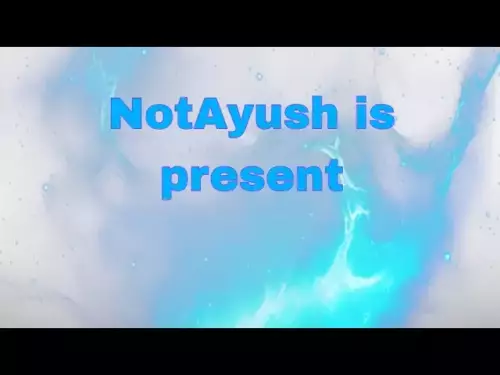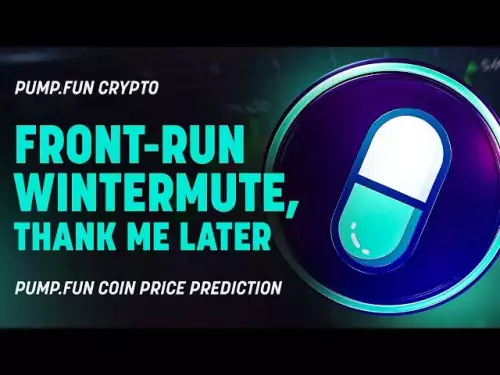 |
|
 |
|
 |
|
 |
|
 |
|
 |
|
 |
|
 |
|
 |
|
 |
|
 |
|
 |
|
 |
|
 |
|
 |
|

Polkadot Unveils JAM Upgrade: A Journey Towards Decentralization
In a pivotal move towards decentralization, Polkadot, the leading interoperability blockchain, has unveiled its Join-Accumulate Machine (JAM) upgrade, a significant overhaul designed to enhance the protocol's scalability, performance, and security.
The announcement, made by Polkadot founder Gavin Wood at the Token2049 crypto conference in Dubai, marks a significant milestone in Polkadot's evolution. The JAM upgrade aims to replace the existing relay chain, the central data backbone of the Polkadot network, with a more modular and flexible architecture.
JAM: A Modular and Minimalist Design
Central to the JAM upgrade is its modular design, a departure from the current monolithic structure of the relay chain. This modular approach enables Polkadot to run generic services and expand its functionality, providing a more robust and adaptable platform for developers and users.
The parachains service within JAM will seamlessly integrate with existing Substrate-based parachains, allowing developers to continue leveraging Substrate's comprehensive toolset to develop and deploy their blockchains. These services will possess no predefined limits on code, data, or state capacity, offering developers the freedom to explore innovative applications and solutions.
Technical Advancements Driving Performance
The JAM upgrade introduces several technical advancements to optimize network performance and scalability. It replaces WebAssembly with the Polkadot Virtual Machine based on the RISC-V ISA (instruction set architecture), an open-source design widely used in custom processor development. This substitution enhances the network's efficiency and reduces computational overhead.
Additionally, JAM incorporates SAFROLE, a SNARK-based block production algorithm, a cryptographic technique that enables efficient and secure block production. These upgrades collectively contribute to the overall performance and stability of the Polkadot network.
Decentralization at the Core
To fully realize Polkadot's vision of a truly decentralized protocol, the JAM upgrade supports multiple client implementations, a fundamental aspect of ensuring network robustness. The establishment of the JAM Implementer's Prize, a 10 Million DOT prize pool, serves as a catalyst for fostering diverse development efforts and incentivizing the creation of new client implementations.
"We believe that supporting a range of implementations in various programming languages will strengthen the ecosystem's foundation," said Wood during his presentation. "It distributes the power of protocol implementers more widely and reduces the risk of a bug in one implementation taking down the entire network."
The JAM Implementer's Prize will collaborate with existing and future funding initiatives within the Polkadot ecosystem, providing comprehensive support for protocol development. It will become active upon JAM's ratification as a Polkadot technology through the network's on-chain governance mechanism.
A Catalyst for Adoption and Innovation
The introduction of the JAM upgrade and the associated prize reflect Polkadot's unwavering commitment to increasing the protocol's use and adoption. The modular design and incentives for multiple client implementations are strategic steps towards decentralization, a fundamental principle guiding Polkadot's development.
As JAM development progresses, the Polkadot ecosystem eagerly welcomes proposals from teams interested in implementing the upgrade in various programming environments, further expanding the protocol's reach and potential.
Despite the recent announcement, DOT, the native token of the Polkadot network, has remained within a downtrend over the past month, currently trading at $6.75, marking a notable 24% decline from its previous level. However, the long-term prospects of the Polkadot project remain strong, fueled by its continued technological advancements and unwavering dedication to decentralization.
Haftungsausschluss:info@kdj.com
Die bereitgestellten Informationen stellen keine Handelsberatung dar. kdj.com übernimmt keine Verantwortung für Investitionen, die auf der Grundlage der in diesem Artikel bereitgestellten Informationen getätigt werden. Kryptowährungen sind sehr volatil und es wird dringend empfohlen, nach gründlicher Recherche mit Vorsicht zu investieren!
Wenn Sie glauben, dass der auf dieser Website verwendete Inhalt Ihr Urheberrecht verletzt, kontaktieren Sie uns bitte umgehend (info@kdj.com) und wir werden ihn umgehend löschen.
-

- Digital Asset Treasuries, M & A und der Crypto Berkshire Hathaway: Eine neue Ära
- Sep 29, 2025 at 02:01 am
- Erkunden Sie die sich entwickelnde Landschaft von Staatsanleihen, M & A -Aktivitäten digitaler Vermögenswerte und den Aufstieg von 'Crypto Berkshire Hathaways', die die Blockchain -Welt beeinflussen.
-

-

- Hbar, Krypto, jetzt kaufen: Dekodieren des Hype und das Finden der wirklichen Edelsteine
- Sep 29, 2025 at 02:00 am
- HBAR zeigt vielversprechend, aber ist es die beste "Krypto, jetzt kaufen" Option? Tauchen Sie in HBAR -Preisvorhersagen ein und erforschen Sie, warum Remittix der echte Q4 -Gewinner sein könnte.
-

-

-

-

-

-

























































